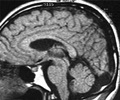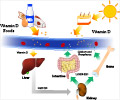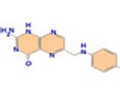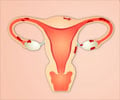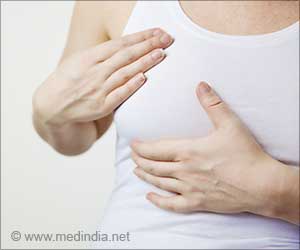Women who have adequate levels of vitamin D are less likely to develop uterine fibroids , finds study.
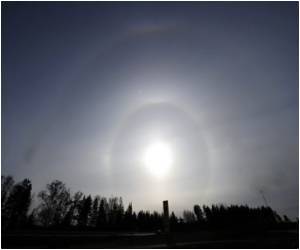
Fibroids often result in pain and bleeding in premenopausal women, and are the leading cause of hysterectomy in the United States.
The study of 1,036 women, aged 35-49, living in the Washington, D.C., area from 1996 to 1999, was led by Donna Baird, Ph.D., a researcher at the National Institute of Environmental Health Sciences (NIEHS), part of National Institutes of Health (NIH).
Baird and her collaborators at The George Washington University and the Medical University of South Carolina screened participants for fibroids using ultrasound.
They used blood samples to measure the primary circulating form of vitamin D, known as 25-hydroxy D.
Those with more than 20 nanograms per milliliter of 25-hydroxy D were categorized as sufficient, though some experts think even higher levels may be required for good health.
Study participants also completed a questionnaire on sun exposure.
Although fewer black than white participants had sufficient 25-hydroxy D levels, the estimated reduction in prevalence of fibroids was about the same for both ethnic groups.
"It would be wonderful if something as simple and inexpensive as getting some natural sunshine on their skin each day could help women reduce their chance of getting fibroids," Baird said.
Source-ANI
 MEDINDIA
MEDINDIA

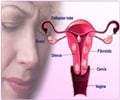

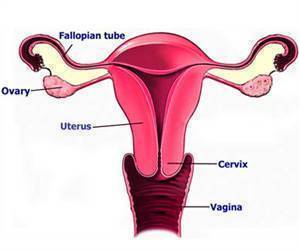
 Email
Email
